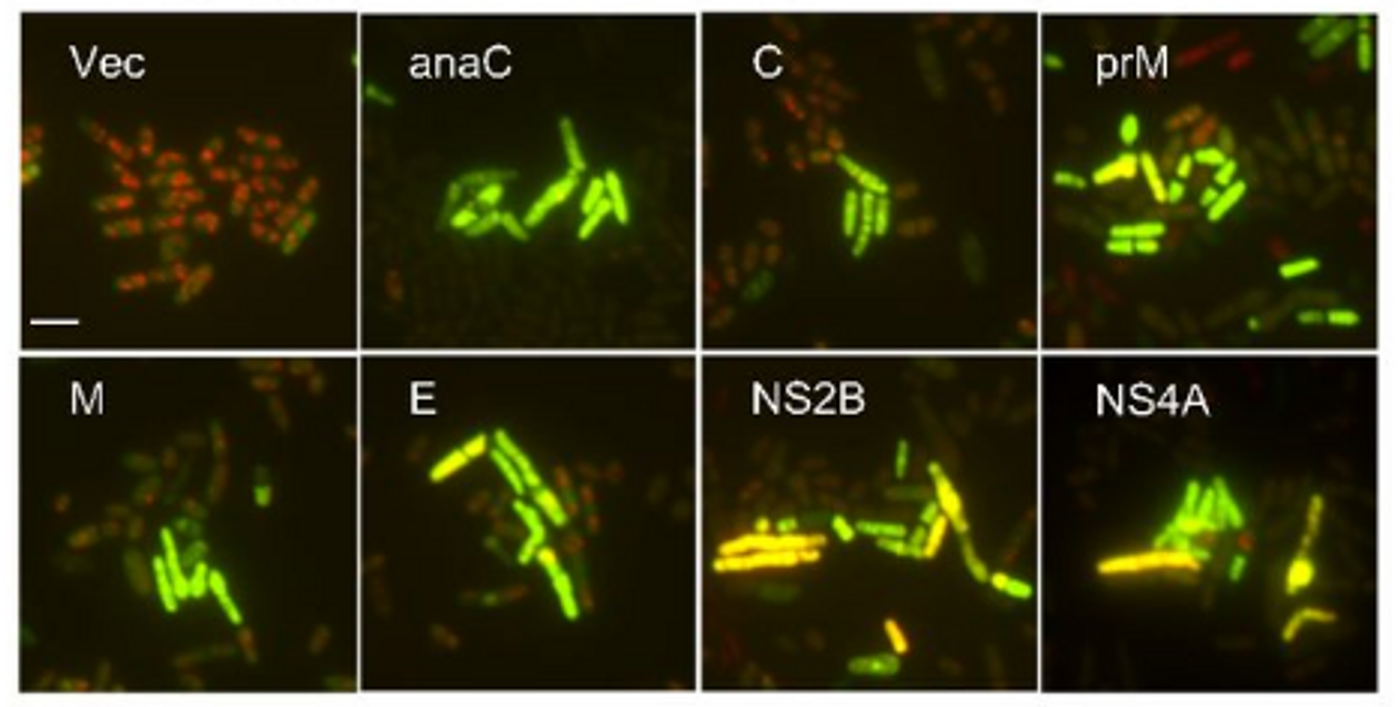Key Proteins in Zika Infection are Revealed
Zika busted out of obscurity with a vengeance last year. Very little was known about the virus when it began afflicting people and causing serious neurological disorders in infants born to infected mothers. Like microcephaly and Guillain-Barré syndrome. How the virus was causing these problems, or even which of its proteins were pathogenic, was a complete unknown, until now. Researchers at the University of Maryland School of Medicine (UMSOM) have found seven proteins in the virus that could be to blame for the health issues Zika causes. Their findings have been reported in the Proceedings of the National Academy of Sciences.
"The mechanism of this virus has been a real mystery," commented the lead researcher of the report, Richard Zhao, a Professor of Pathology at UM SOM. "These results give us crucial insight into how Zika affects cells. We now have some really valuable clues for future research." The virus is explained in the video above.
Zhao and his team took advantage of the fission yeast model for their work. Originally used in the production of beer, especially in its home continent of Africa, it has been used by many researchers in order to learn more about cellular functions and mechanisms. It has also been adopted as a common way to determine the effects of a pathogen on cells.
Zhao is quite familiar with fission yeast; he is a pioneer in the use of fission yeast in HIV research and the study of Yellow Barley Dwarf virus, which affects plants worldwide, causing billions of dollars in damage to the world food supply every year.
Zika has afflicted hundreds of thousands of people around the planet, but primarily in the Americas. 38,000 Zika cases have been reported in the United States and its territories, with most occurring in Puerto Rico. Zhao saw that Zika was becoming a health crisis, and sprang into action. "With Zika we are in a race against time," he says. "I asked myself what I can do to help. I have this unique way of dissecting the genome. So I started on this."
The investigators isolated each of the 14 viral proteins and small peptides from the remainder of the Zika virus. Yeast cells were then exposed to each one of the proteins, and the effects on the cells were observed. The researchers found that seven of the 14 proteins caused some kind of harm or dysfunction to the cells like damage, growth inhibition, or cell death.
The scientists plan to continue their work; next they want to learn more about how these proteins function in humans. It’s possible that they work in concert, or some may be more deleterious than others. Zhao and colleagues are currently studying how the virus interacts with rat and human cells in culture.
Sources: AAAS/Eurekalert! via UMSOM, PNAS









